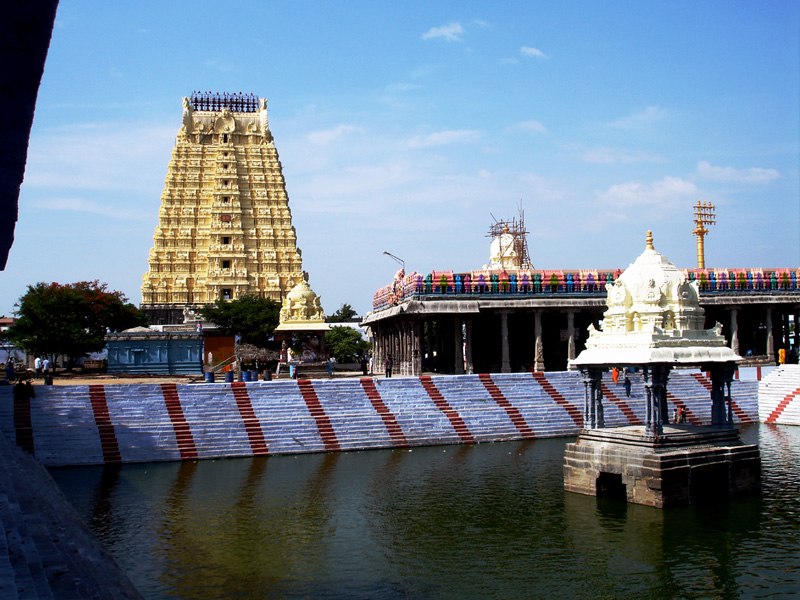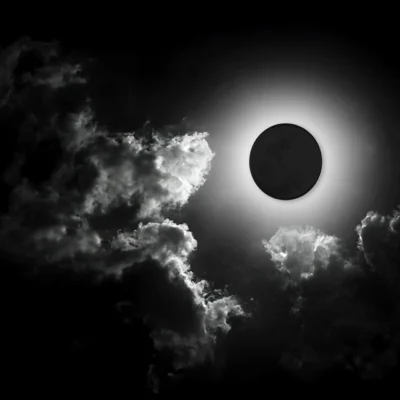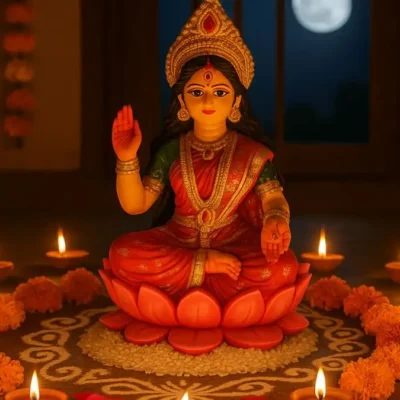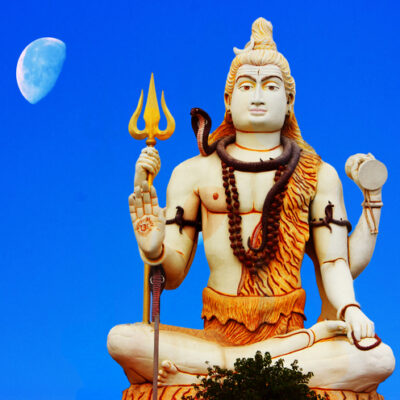Kanchi Ekambaranathar Temple (EARTH), Kancheepuram

Address
Kanchi Ekambaranathar Temple , Kancheepuram District PIN – 631502
Diety
Ekambaranathar, Thiruvegambaram Amman: Elavarukulali
Introduction
The Ekambareswarar Temple is one of the famous temples dedicated to Lord Shiva, located in Kanchipuram in the state of Tamil Nadu, India. Kanchipuram. It is one of the five major Shiva temples or Pancha Bootha Sthalams (each representing a natural element) representing the element – Earth. The presiding deity here is Ekambareswarar or Shiva, worshipped as the Prithivi Lingam. Lord Shiva in the temple is a swayambumurthi. The sand Shivalinga made by Mother Kamakshi adores the sanctum sanctorum. The hand symbol of Mother embracing the Lord is still visible on the Linga. A Somaskanda panel featuring Shiva, Parvati and Skanda adorns the rear of the main shrine, which has been held in worship for centuries together. Thala Virutcham : Mango Theertham : Sivaganga Theertham
Puranic Significance
This vast temple is one of the most ancient in India having been in existence since at least 600 AD. Second century AD Tamil poetry speaks of Kama kottam, and the Kumara kottam (currently the Kamakashi Amman temple and the Subramanya temple). Initially temple was built by Pallavas. The Vedantist Kachiyapper served as a priest at the temple. The existing structure then, was pulled down and rebuilt by the later Chola Kings. Adi Sankara, the 10th-century saint got Kanchipuram remodelled along with expansion of this temple along with Kamakshi Amman temple and Varadaraja Perumal Temple with the help of local rulers. The Vijayanagar kings, during the 15th century, also made lot of contributions to the temple and later developed by Vallal Pachiyappa Mudaliar used to go regularly from Chennai to Kanchipuram to worship in this temple, he spent significant money he amazed during British rule on the temple renovation, Pachiyappa Mudaliar seated at horse back can be seen in the temple pillar. At the later stage a similar temple with same name Ekambareswarar was constructed in Chennai by Pachiappa Mudaliar in order to avoid travelling time to Kanchipuram. The Archaeological Survey of India report of 1905–06 indicates widespread renovation activities carried out in the temple by Nattukottai Chettiar. Legend has it that once Parvati, the consort of Shiva was cursed to become dark like Kali. She wanted to expatiate herself from the sin by doing penance under the temple’s ancient Mango tree near Vegavathi river. In order to test her devotion Shiva sent fire on her. Goddess Parvati prayed to her brother, Vishnu, for help. In order to save her, he took the Moon from Shiva’s head and showed the rays which then cooled down the tree as well as Parvati. Shiva again sent the river Ganga (Ganges) to disrupt Parvati’s penance. Parvati prayed to Ganga and convinced her that both of them were sisters and so should not harm her. Subsequently, Ganga did not disturb her penance and Parvati made a Shiva Linga out of sand to get united with Shiva. The God here came to be known as Ekambareswarar or “Lord of Mango Tree. According to another legend, it is believed that Parvati worshipped Shiva in the form of a Prithivi Lingam (or a Lingam improvised out of sand), under a mango tree. Legend has it that the neighbouring Vegavati river overflowed and threatened to engulf the Shiva Lingam and that Parvati or Kamakshi embraced the Lingam. Shiva touched by the gesture materialized in person and married her. In this context he is referred to as Tazhuva kuzhainthaar (“He who melted in Her embrace”) in Tamil.Tiurkuripputhonda Nayanar, one of the 63 saivite saints, called nayanars was a washerman in near the temple and he washed the clothes of all the Saivities. He was divinely tricked by God Shiva appearing as an aged brahmin and asked him to wash before dawn. At the same time Shiva made a cloudly evening. On observing the approach of the evening, the washerman banged his head in a stone in disappointment. God appeared in his true form and graced his devotee.
Beliefs
Devotees visit this temple to seek fulfillment of the following:- Salvation Wealth Relief from diseases Purchase of vehicles Gain Knowledge
Special Features
The temple covers an area of over 23 acres (93,000m2). Reaching a height of 59 meters, the temples Raja gopuram (the entrance tower to the temple) is one of the tallest in South India. One notable feature of the temple is the Aayiram Kaal Mandapam, or the “hallway with a thousand pillars”, which was built by the Vijayanagar Kings. The temples inner walls are decorated with an array of 1,008 Siva lingams. The campus is 25 acres with 5 prakarams (or courtyards) and has a thousand-pillared hall. Kampai Tirtha, the temple tank is believed to have an underground holy river. The fourth courtyard contains a small Ganesha temple and a pond. The third courtyard contains lot of smaller shrines. The sanctum sanctorum contains the lingam along with the image of Shiva. There is no separate shrine for Parvati within the complex as with other Shiva temples in Kanchipuram. A local belief is that Kamakshi Amman Temple is the consort for Ekambaranathar. There is a small shrine for Vishnu named Thiru Nilaaththingal Thundathan inside the temple complex. Vishnu is prayed as Vamana Murthy and the shrine is hailed by the Alvar saints as one of the 108 Divya Desams. The sthala-virutcham or temple tree is a 3,500-year-old mango tree whose branches are said to yield four different types of mangoes from its four branches. There are inscriptions dated 1532 CE (record 544 of 1919) indicating the gift of number of villages made by Achutaraya. Vira Narasingaraya Saluva Nayaka who was directed by Achutaraya broke the royal order by giving more lands to Ekambaranathar temple than the Varadaraja Swamy temple against the instruction of an equal gift to either of the temples. Achutaraya on hearing this equally distributed the lands to both the temples.
Festivals
Colorful festivals are being celebrated such as Ani Tirumanjanam(June-July), Adi Kritikai(July-Aug), Avani Moolam(Aug-Sep), Navaratri(Sep- October), Kartikai Deepam(Nov-Dec), Thai Poosam(Jan-Feb), Panguni Uthiram(Mar- Apr), Chitra Pournami(Apr-May) and Vaikashi Vishakam(May-June). The devotee crowd is also huge on new moon, full moon and pradosha days. Also celebrated in the temple are Deepavali, Tamil and English New Year days with special abisheks and pujas. Thousands come to worship Lord on these days.13 day Panguni Uthiram in March-April with colourful events with processions in Silver Rath, Silver Mavadi Servai and Gold Vrushab- the Nandhi vahan of Lord Shiva is the biggest festival of the temple drawing devotee crowd in lakhs.
Century/Period/Age
2000 Years old
Managed By
Hindu Religious and Charitable Endowments (HRCE)
Nearest Bus Station
Kancheepuram
Nearest Railway Station
Kancheepuram
Nearest Airport
Chennai









